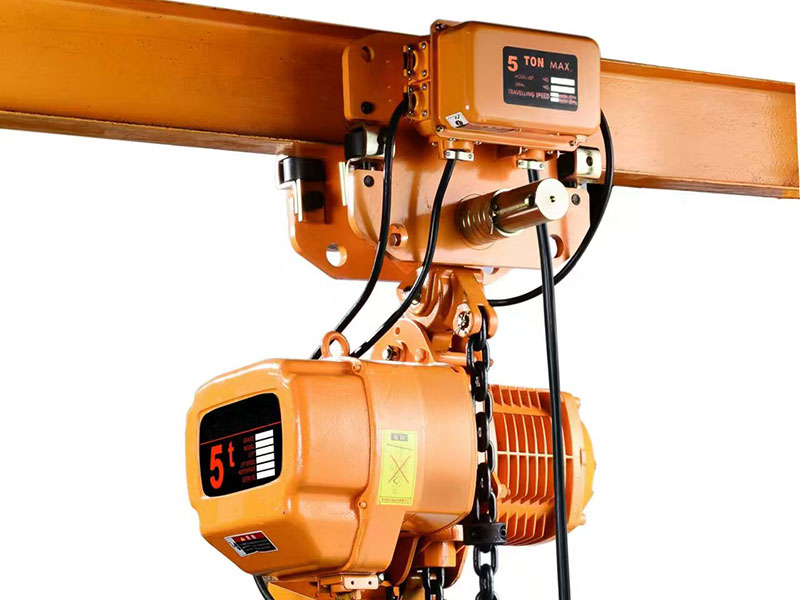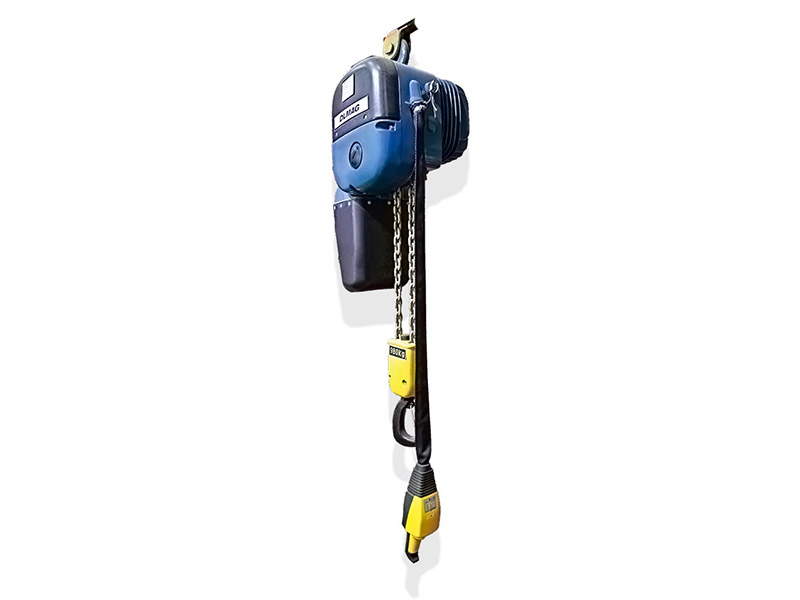Wire Rope Hoist vs Chain Hoist: 4 Critical Selection Factors
Wire rope hoists and chain hoists dominate industrial lifting.[Jiangyin Dingli High Tech Cranes Co.,Ltd.] with 20 years of engineering expertise, provides a scientific selection framework.
1. Load Capacity & Duty Cycle
Wire Rope Hoist:
Heavy-duty champion: 1-100t standard models, up to 250t custom units
High-cycle endurance: FEM M7 duty class (240 starts/hour)
Typical use: Port container handling, steel ladle transfer
Chain Hoist:
Light-load specialist: Optimal for 0.5-20t loads
Medium-duty cycle: FEM M4 recommended (120 starts/hour)
Typical use: Automotive assembly, maintenance workshops
2. Space Optimization
Vertical Space:
Wire Rope: Requires ≥1.5m hook-to-rail clearance (European compact design)
Chain Hoist: Minimum 0.8m headroom for low-ceiling facilities
Horizontal Layout:
Wire Rope: 5-40m span requires professional steel support
Chain Hoist: I-beam rails adapt to 3-15m workstations
3. Environmental Adaptability
Temperature Extremes:
Wire Rope: -40℃~200℃ models available
Chain Hoist: Standard range -20℃~60℃, special lubrication required below freezing
Corrosive Environments:
Wire Rope: Galvanized core + IP66 rating (10+ years in salt spray)
Chain Hoist: Stainless steel chain + IP65 (ideal for food-grade facilities)
4. Lifecycle Cost
Initial Investment:
Wire Rope: 30-50% higher cost than equivalent chain hoists
Chain Hoist: 40-60% cost advantage for light loads
Maintenance:
Wire Rope: Annual cost 1.2-2% of equipment value
Chain Hoist: Sealed design reduces cost to 0.5-1%

